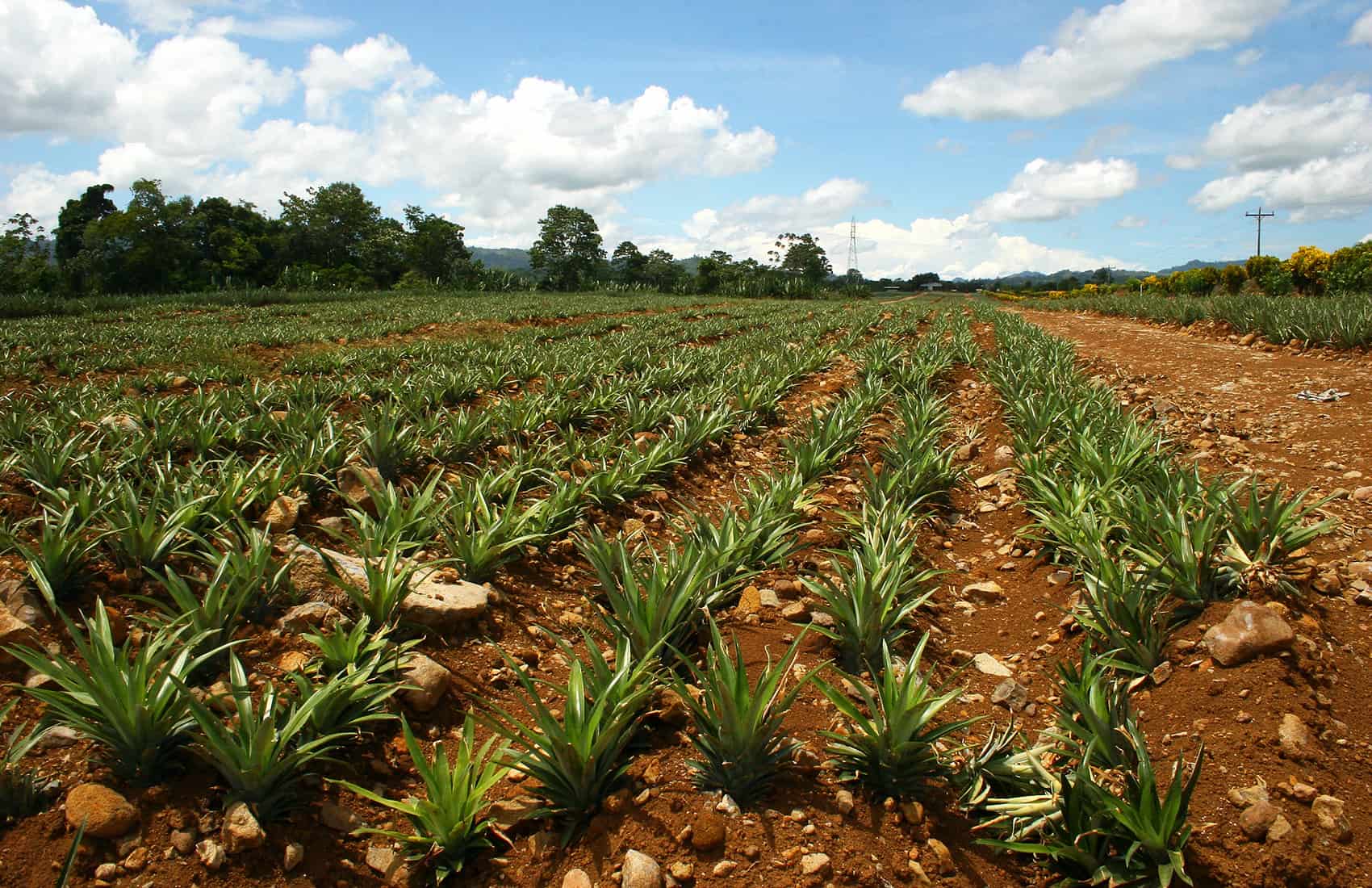The Environment Ministry‘s National Environmental Technical Secretariat (SETENA) ordered the owners of three pineapple farms in the Northern Zone to partially halt operations.
The order states that work at those farms is causing environmental damage, particularly the sedimentation of various rivers, lagoons and wetlands. SETENA’s inspectors found the problems during recent on-the-ground inspections at various farms in the area. They also found that owners of those three farms do not have the required permits that must be issued by the Health Ministry.
In addition, they also found that farmers performed a series of actions to prepare the lands “several months before SETENA granted them the environmental feasibility permits for growing pineapple,” according to a news release from SETENA.
SETENA’s orders warned farm owners that they must refrain from conducting any work that might have an impact on nearby wetlands, ponds, or protected lands.
“Otherwise, this agency will order the immediate halt of all work at the farms. Farm owners will also have their environmental feasibility permits revoked,” the document adds.
The Environment Ministry said that inspectors will keep visiting other pineapple farms in the area in order to verify that they all have the required legal permits.
Also in the south
SETENA also ordered the suspension of all work at a pineapple farming project in the southern Pacific region in May. Officials ordered the project’s developer to comply with various requirements in order to avoid actions that might have an impact on grasslands, forests, rice fields or trees.
The decision came after protesters marched in downtown San José, criticizing the government for issuing excessive permits including that for a project owned by Del Monte.
An on-the-ground inspection conducted by officials from the Environment Ministry, SETENA, the National System of Conservation Areas, and the National Museum at the time found that the project lands are too close to protected areas, including the Térraba Sierpe wetland and four archaeological sites that the United Nations Educational, Scientific and Cultural Organization (UNESCO) declared as World Heritage.






